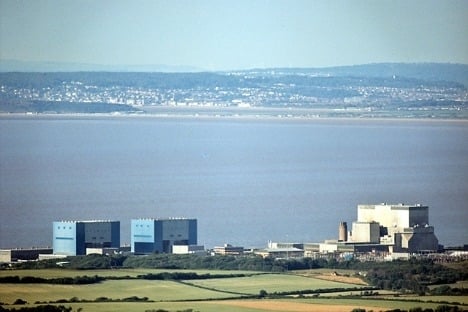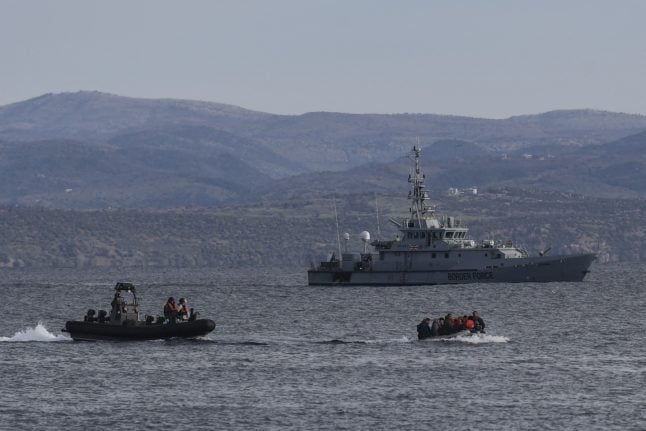Rupprechter called on the Austrian chancellor Werner Faymann to “make [Austria's] massive reservations very clear” during a summit of EU leaders at the end of the week.
He said that Austrian money shouldn't be used to fund the construction of new nuclear power plants, although he said that projects that increase the safety of existing plants are "useful".
Rupprechter’s comments come as some member states have already called for money to be put towards nuclear projects.
The UK has requested a €57.8 billion loan for “three potential projects with a total of 12.2GW capacity”, including the controversial Hinkley Point C.
Poland hopes to launch nuclear power as a “new sector of the Polish economy” and aims to attract funding for the construction of a nuclear plant with a capacity of about three gigawatts.
The EU's member states have presented around 2,000 projects that could be funded by the European Commission's proposed investment plan.
The commission has said the projects should be chosen according to their quality, and will be assessed by technical experts rather than being chosen using political criteria.
“There will be no sector-specific or country-specific quotas. It will be a non-political, technical assessment”, spokesperson Annika Breidthardt said on Tuesday.
However she did not give a clear answer when asked if Austria could veto a project it did not agree with. “Deciding the energy mix is solely the responsibility of the member states”, she said.



 Please whitelist us to continue reading.
Please whitelist us to continue reading.
Member comments